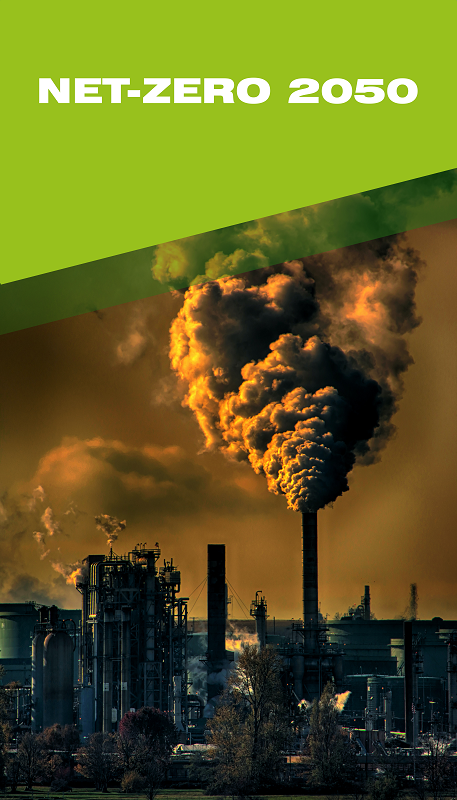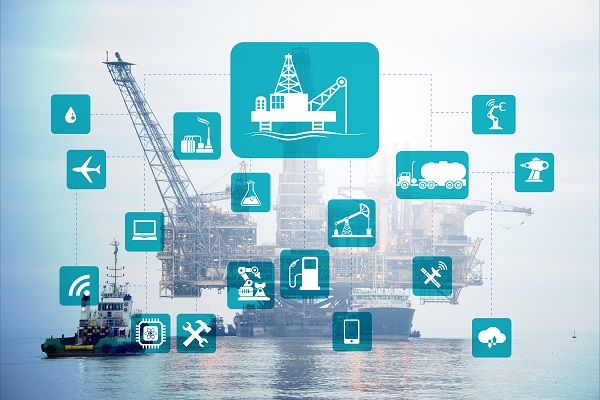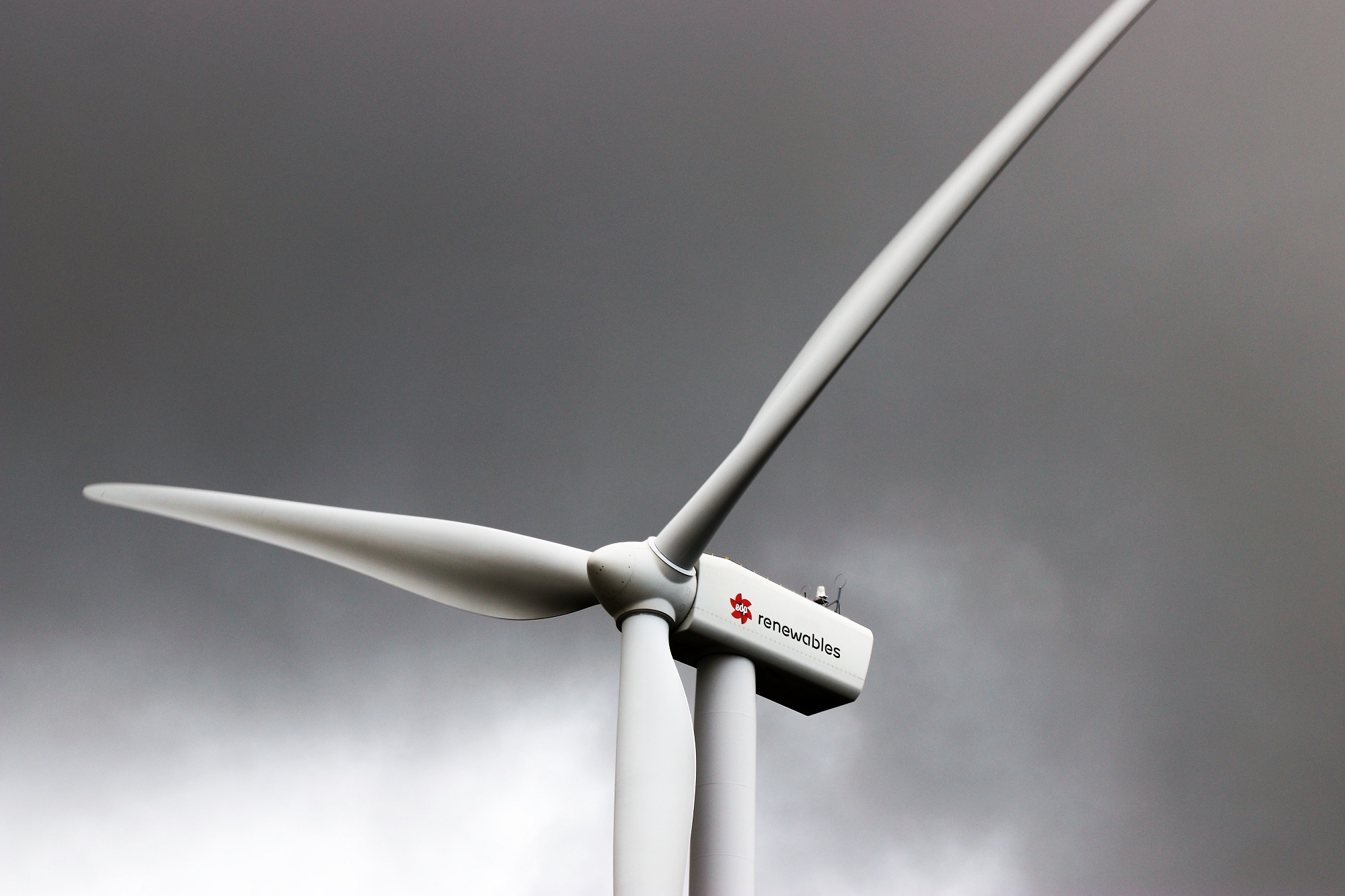NET-ZERO 2050

The race to Net-Zero 2050
The UK has a maturing offshore wind industry coupled with an extensive pre-existing natural gas infrastructure which could be utilized as part of the global energy transition. Significant potential exists to shape and develop the UKs integrated hydrogen value chain. The storage and transport opportunities current infrastructure offers will be key to the future economic prosperity of the UK and will could lead to significant life extension for many UK offshore assets albeit repurposed to suit a growing hydrogen economy.
Additionally, carbon capture and sequestration utilizing the same asset base could equally provide significant opportunity into reducing the UKs emissions to net zero by 2050 and also align with the development of key manufacturing centers in the UK such as the “Northern” powerhouse.
Clean energy solutions, green electrification and decarbonization will provide additional opportunities to repurpose offshore assets once they reach the limits of economic production. We are positioning ourselves to support this paradigm shift in the industry and to play our part in delivering a sustainable greener future for all our children.
Coupling technologies – Electrification of offshore platforms utilizing green energy (offshore wind)
Carbon Capture and Geosequestration (CCGS) – utilizing depleted North Sea assets and pipelines to dispose of industrially produced CO2.
Hydrogen Economy – Potential to transform assets which have reached limits of economic production into hydrogen production plants (HPP) utilizing electrolysis technology. Suitability for reuse of existing pipelines as part of UK hydrogen transmission system.
Potential for CCGS and HPP to be combined – Dual revenue streams
Net-Zero 2050 news announcement
UK becomes first major economy to pass net zero emissions law


Digital Twin
A step in the right direction that could contribute to the delivery of Net Zero

Carbon Capture and Sequestration
Carbon capture is a concept focused on the capture of carbon dioxide emissions produced by manufacturing, vehicles, and food production, among other industries.

Hydrogen Generation
Hydrogen is currently already an important resource for industry, used for things such as artificial fertiliser, but is still mainly made from natural gas in a process that releases carbon dioxide. The hydrogen produced is called ‘grey hydrogen’.

Power to Gas (Methanisation)
Power-to-gas (often abbreviated P2G) is a technology that uses electrical power to produce a gaseous fuel. When using surplus power from wind generation, the concept is sometimes called windgas.
If you have any questions or like further information, please get in touch
___________________________________________________________________________________________________________________________________________________________________
Copyright © cema 2021
